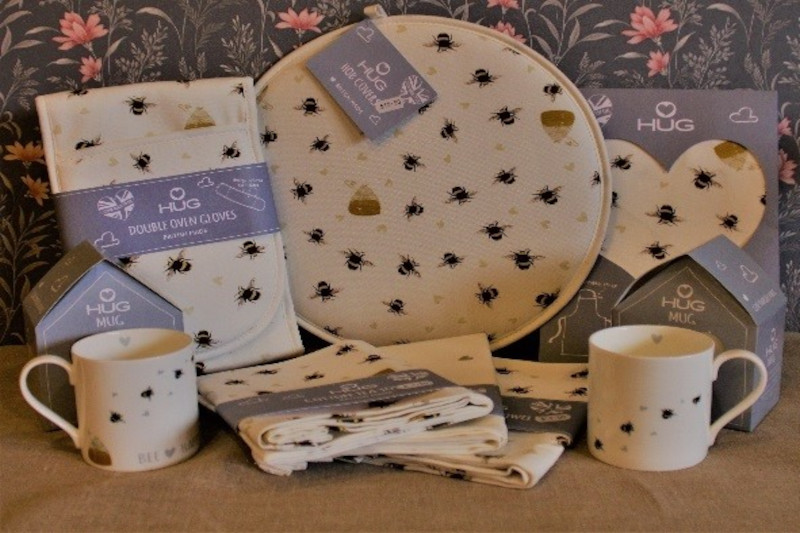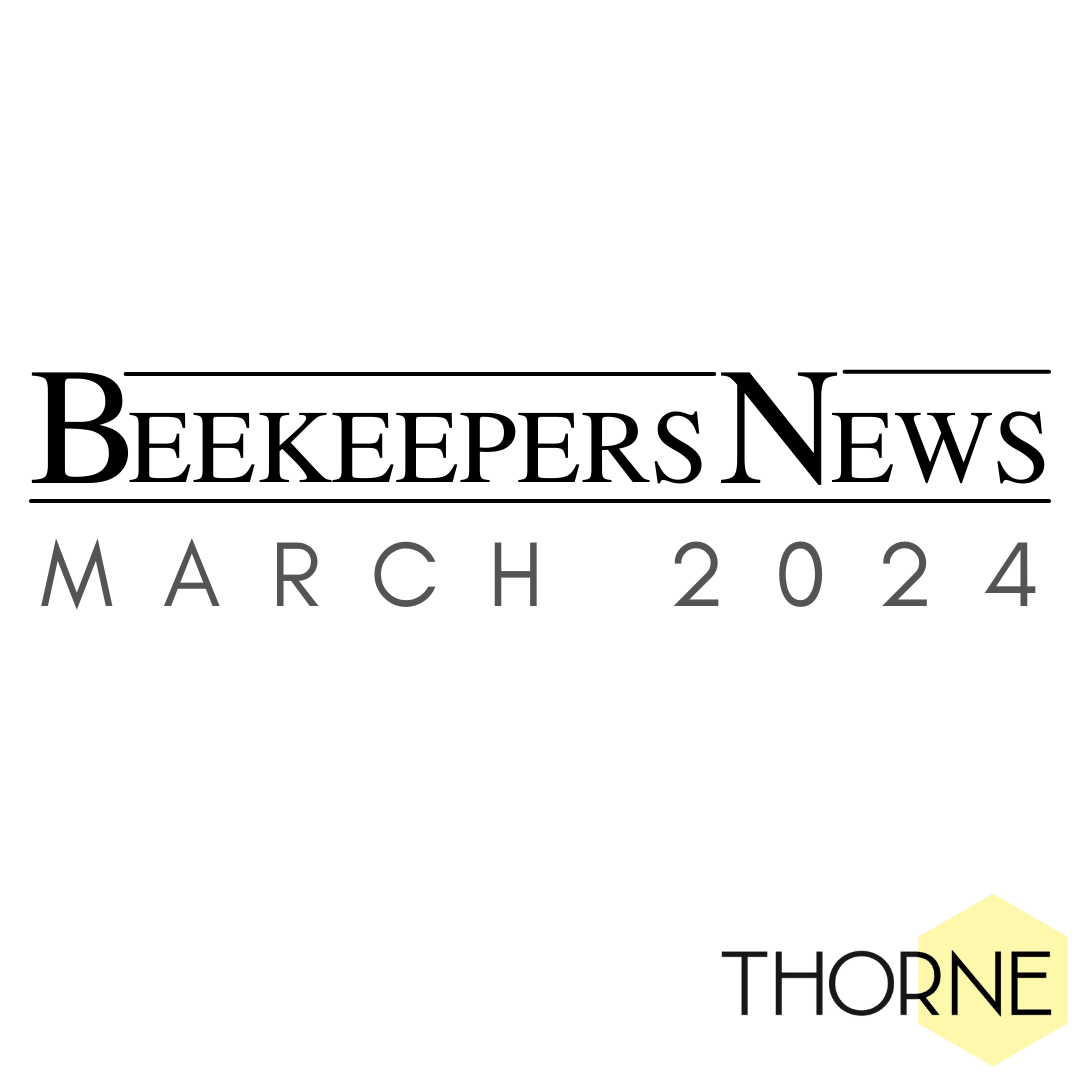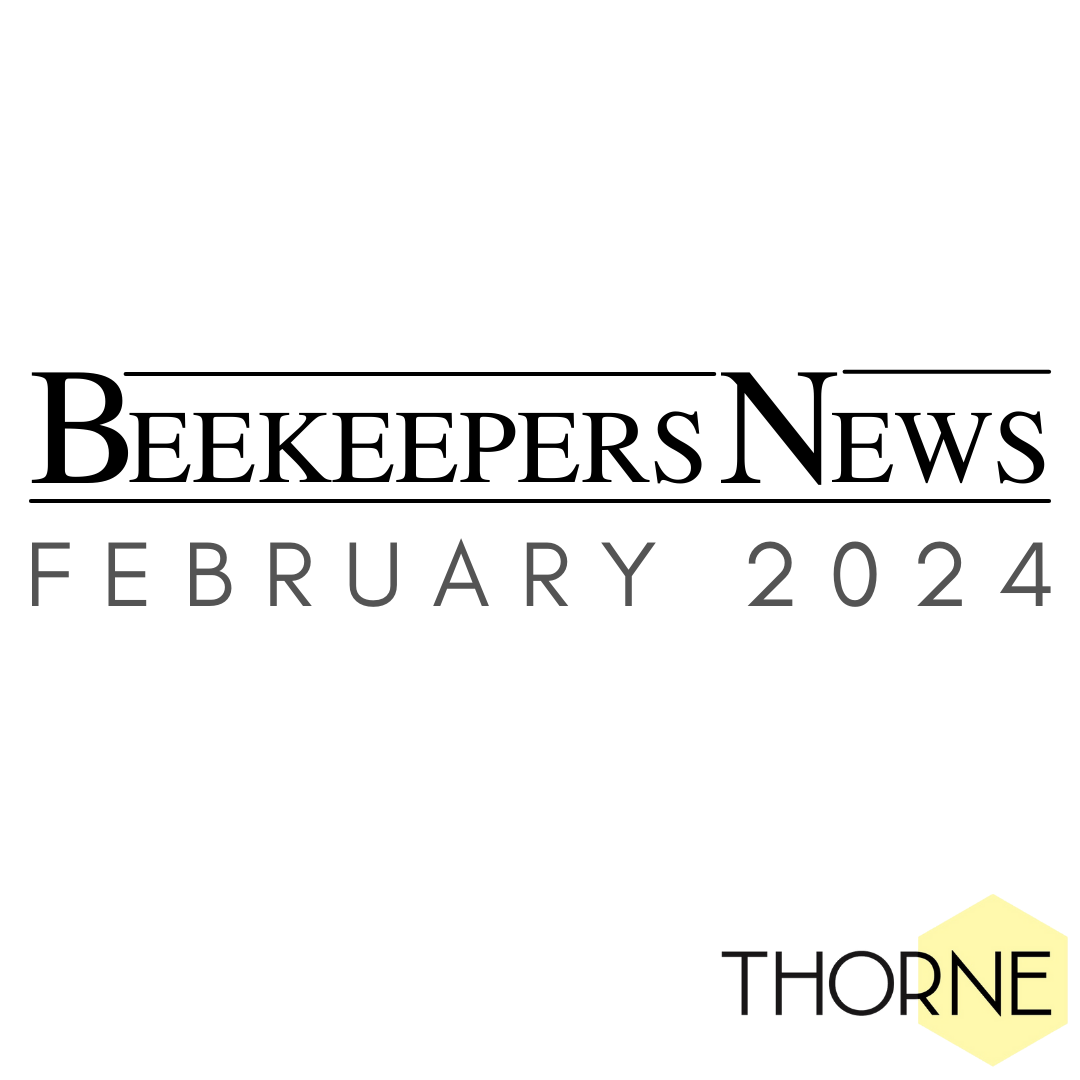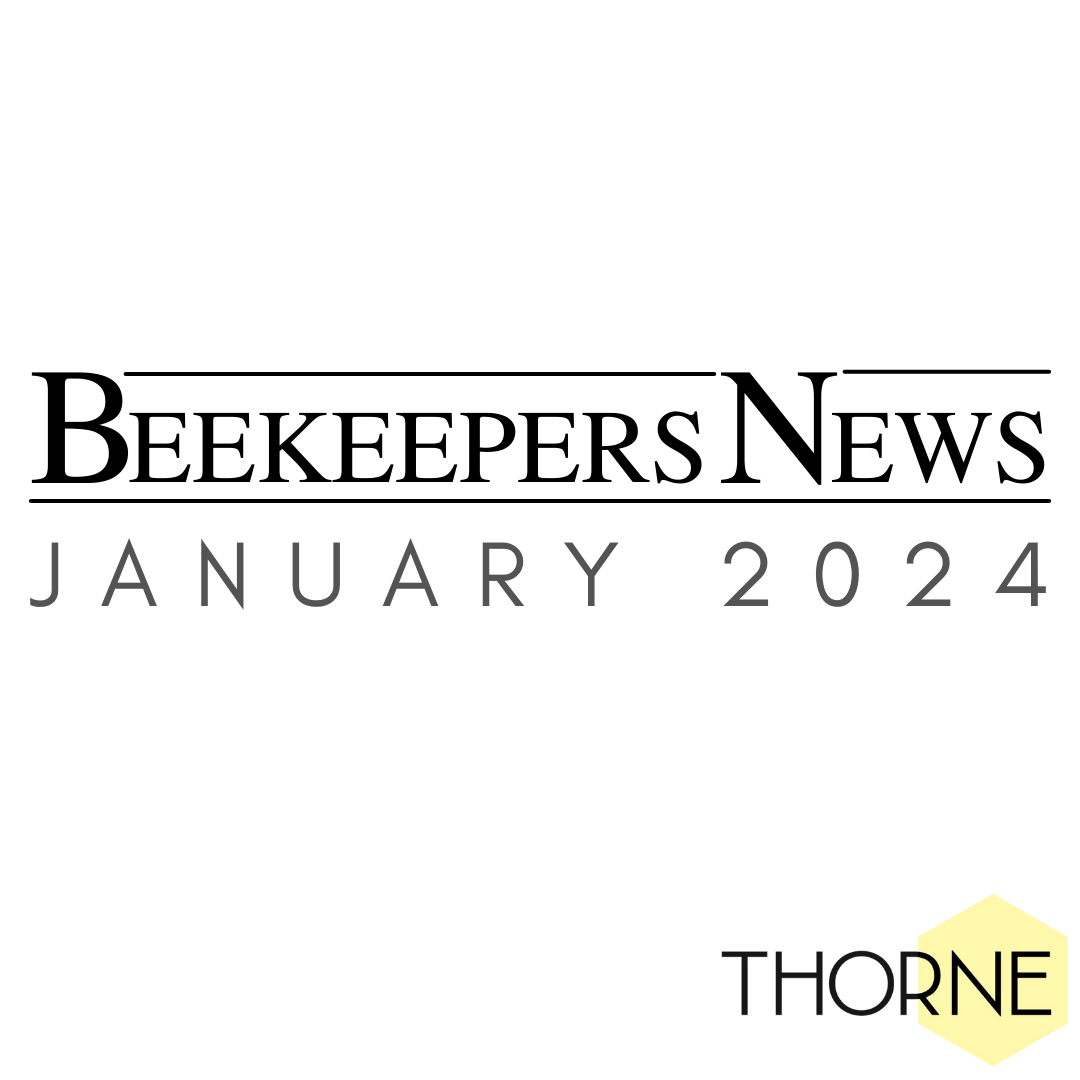Beekeepers News
November
As is usually the case in the late Autumn we spent time in November improving and maintaining the site here at Rand.
We have moved several of our machines from inside the workshop to make ourselves our own outside ‘sawmill’. Here Josh and Colin cut and board the cedar when it arrives ready for lathing and drying. This is already saving us significant time and means we have more space in the workshop for a couple of exciting new machines.
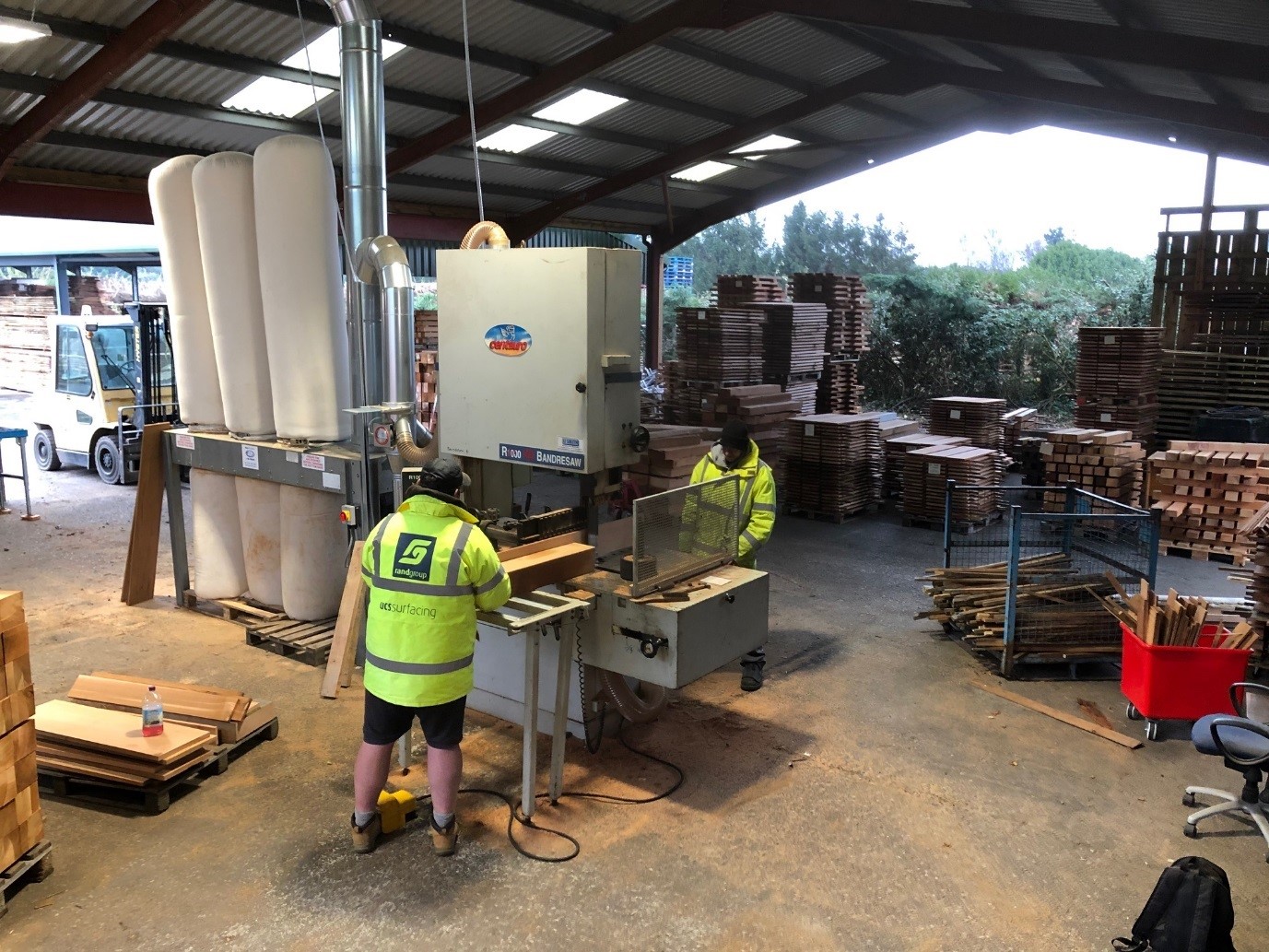

The first arrived a few weeks ago and will greatly speed up how we make wooden sections (and will be a huge help in the production of side bars). The machine uses thin kerf sawing technology and produces hardly any waste with a very good finish.
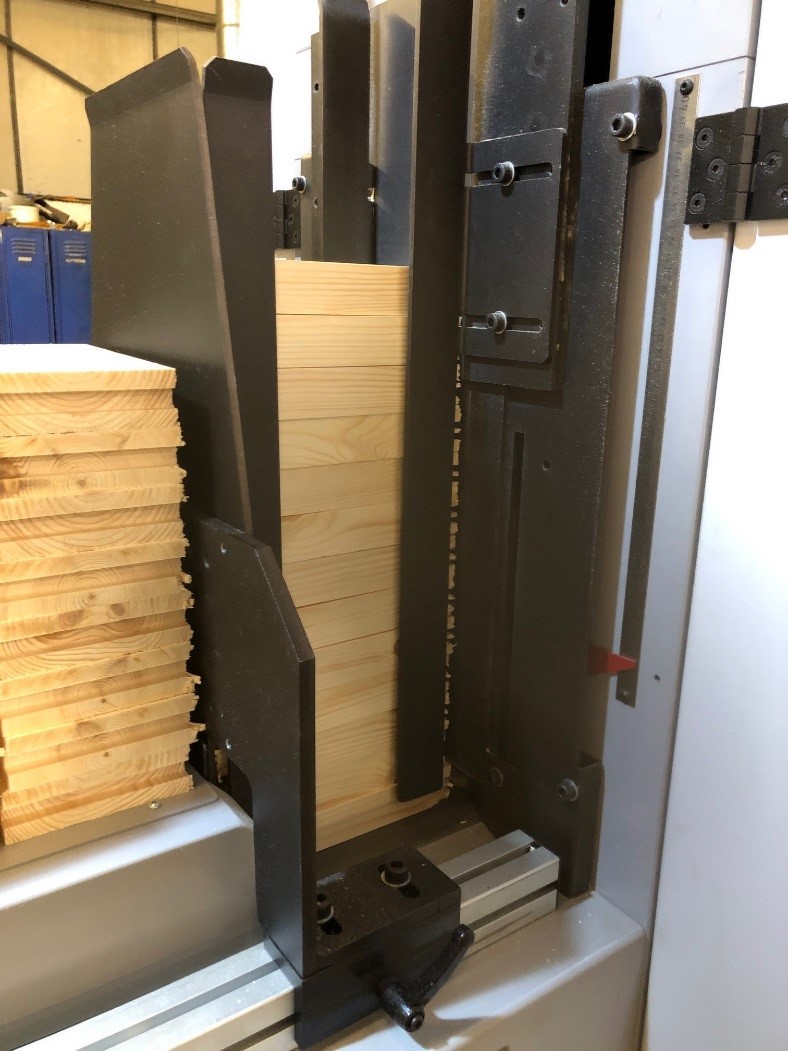
The second should be here just before Christmas – more to follow about this in the next edition of the newsletter.
At the time of writing we have just come out of our second lockdown in England. Although our shops were permitted to stay open during this time, we decided the responsible course of action was to operate Click & Collect only. However, our shops are now open again, with the exception of Stockbridge which will stay as Click & Collect. Please do wear a mask when visiting our shops.
Later this month we will be begin our annual Winter Sale. Online at 00.01am Tuesday 29th December and over the phone on Monday 4th January. We will have second quality hive parts and frames to purchase, in addition to other bargains. There are also many end of line and shop soiled items available. These are very popular and will sell fast. This means as items are purchased, they will disappear from your basket (as other customers check out and pay first). This is not ideal and I know can be very frustrating. It is out of our control and when we launch our new website (early 2021) this will no longer happen. Apologies in advance!
We have had serious issues with our phone lines at Rand and all our branches for the past few weeks. Thank you for your patience if you have tried to contact us. We are here and if you leave a message, we will get back to you! The end is in sight now and we are confident normal service will be resumed later this month.
Finally, can we wish all of our customers a very Merry Christmas and a Happy and Safe New Year. We look forward to seeing you in 2021.

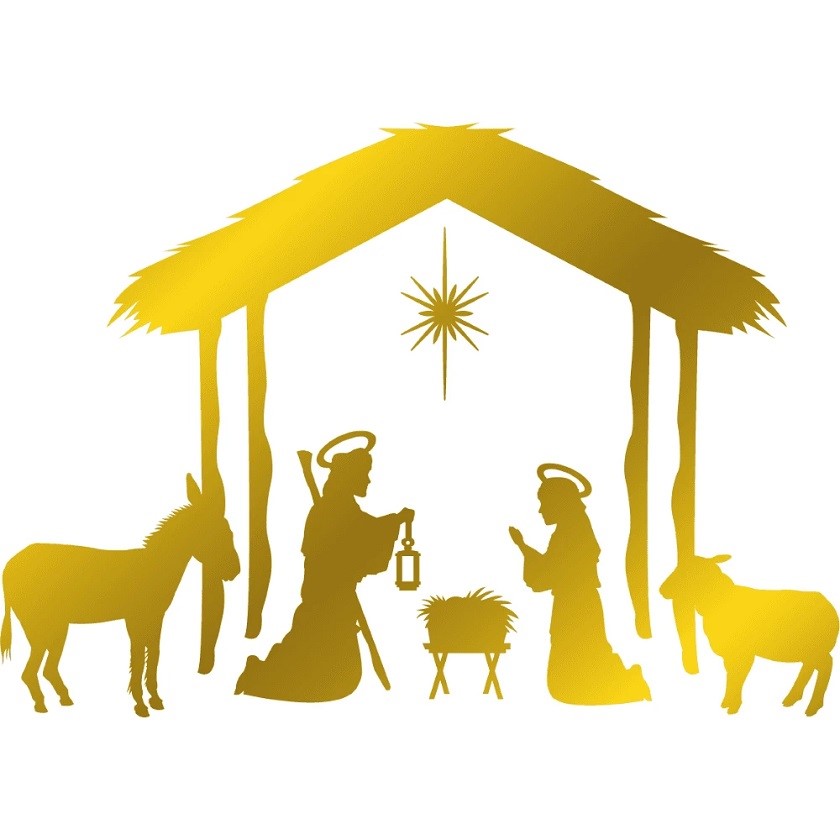
Christmas Candles?
Last month we wrote about our silicone moulds. This month I thought it was worth mentioning our natural and coloured candle sheets, ideal for rolling candles and giving as presents or making your own Christmas table decorations. Made from pure beeswax, the wax is coloured with a synthetic wax dye to make a large variety of vibrant colours. The coloured sheets come in 406 x 203mm and the natural and cream colours come in a variety of sizes. We also have a Youtube video showing how to roll candles.
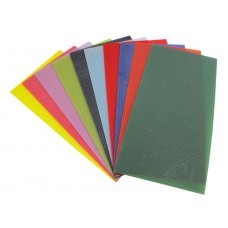
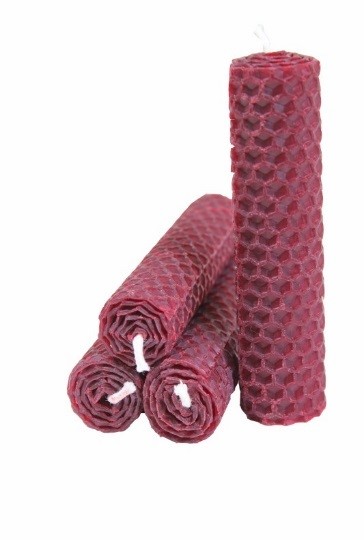
10% off Oxybee throughout December!
Have your bees got varroa? Not sure what to treat them with? Try Oxybee, the easy to use oxalic acid treatment from the highly reputable pharmaceutical company Véto-pharma. With many years of experience in developing cutting edge products and treatments for honeybees, Véto-pharma have developed Oxybee with the busy beekeeper in mind. It comes with just one pre-measured bottle of oxalic acid dihydrate and two sachets of sucrose, which when mixed together, is ready to be trickled onto the bees. It really could not be easier, especially when using it with our popular trickle 2 bottle! Oxybee is most effective during broodless periods which makes it the ideal winter varroa treatment. The real advantage over other oxalic acid based treatments however, is that it will keep in the fridge for up to 12 months once made up. So, it can be used later on in the year if needed, meaning less waste. What’s not to like? Get 10% off Oxybee here today!
For up to date information about all the products Vetopharma produce to help fight varroa click here.
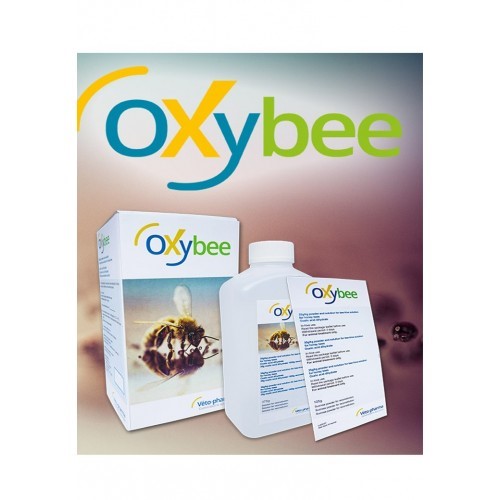
Ask the Expert…….
Mouseguards
What are they? And why use them?
Mouseguards have a pretty simple task – to stop mice getting into the hive. This is because given half a chance, mice will cause havoc inside a beehive. If a hive entrance is left open, it can house an entire family of mice over the winter which can decimate your bees. As bees cluster when it is cold, they may not be aware of these furry intruders and before they know it, the mice have eaten all their stores and chewed big holes into their wax.
The holes of a mouseguard are small enough to stop a mouse squeezing its way through, but large enough that bees can come and go freely. Mouseguards are mostly made from metal which stops mice gnawing their way through.
There are a few different varieties of mouseguard available on the market. The one below is a standard mouseguard, long so it can cover an entrance which is fully open. They are generally supplied as the same size for most hives, excluding the WBC which does require a narrower strip. They are fairly sturdy but can be bent and manipulated into smaller sizes if needed.
There is also one that is smaller only in length which is ideal for use on nucleus hives where the entrance is shorter. Both this Mini Mouseguard and the full length one above can be tacked onto the hive using simple drawing pins using the small holes provided or the larger holes themselves.
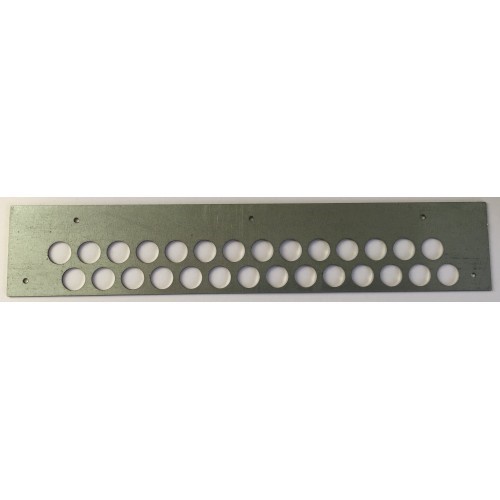
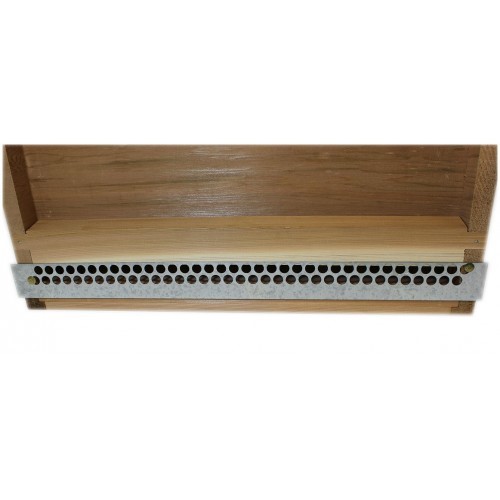
Now onto the more fancy mouseguards! This one is called a Ventilator Mouseguard and has two functions.
One way up it can be used as a normal mouseguard with the U-shaped cut outs facing downwards, creating the usual gap for bees to enter through and to stop mice wandering in. If flipped up the other way it can also be used as a ventilator, as shown in this photo. The holes for the ventilator are far too small for bees (or mice!) to pass through and therefore can be used at any point when the bees need to be kept inside the hive, for example when moving a hive.
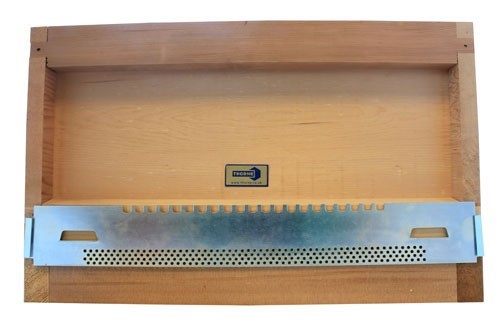
This last metal mouseguard is called a Castellated Mouseguard. You can see it is also reversible like the ventilated one. However, the difference here is merely in the number of holes on each side, not in the size of hole. The photo shows a long entrance albeit reduced to small holes to stop mice. If flipped to the other edge, the entrance is further reduced, as there are fewer holes, which helps to protect the hive against wasps too. There might be the occasional wasp that finds its way into the hive but the chance is severely diminished the fewer holes there are. This makes the castellated mouseguard particularly useful as it can be used in the summer to protect against wasps but also in the winter to protect against mice.
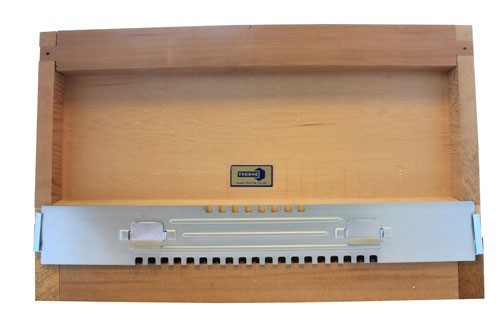
The WBC also has the option of using wooden entrance slides. They come as a pair and are inserted on either side of the entrance. These double up as an entrance reducer to protect against wasps/ rats but also protect against mice if pushed together as shown here in this photo.
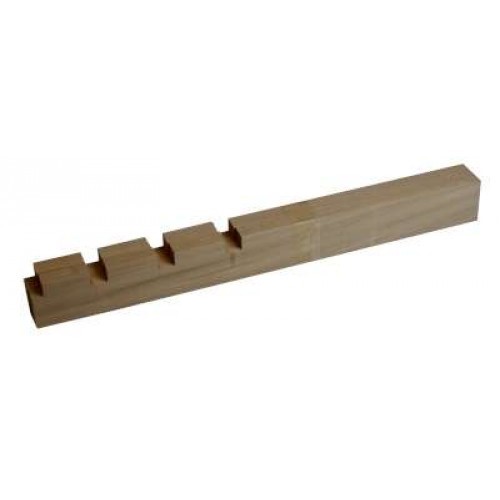
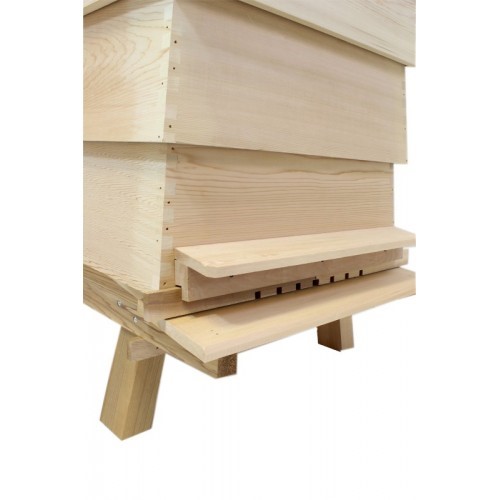
Equipment Focus……Hive Alive Fondant and Gift Ideas
We have recently started stocking a new fondant from the Irish company – Advanced Science. The response has been incredibly positive and the 1kg packs of fondant have been literally flying off the shelves. Packed in handy 1kg bags at £3 each or a box of 15kg for £40. The fondant contains a blend of unique seaweeds that is scientifically proven to improve honeybee health. For more information see our website.
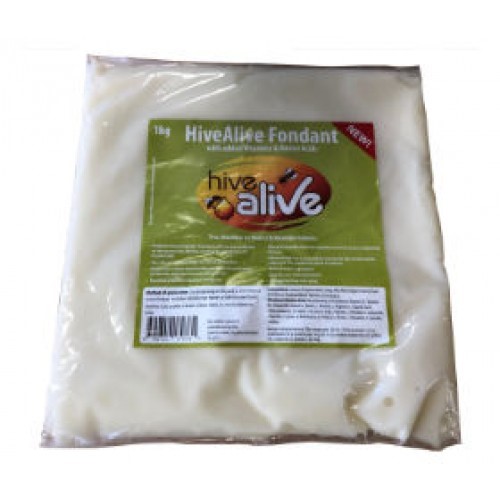
We would also like to draw your attention to some of our lovely novelty ranges we now stock both in the shops and on our website, I am particularly partial to all the fantastic kitchenware and beeswax wraps.
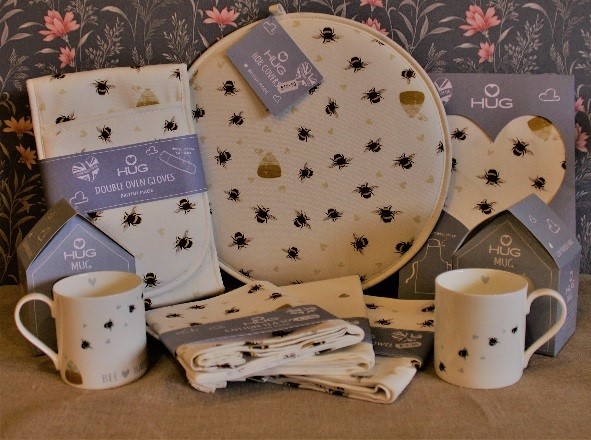
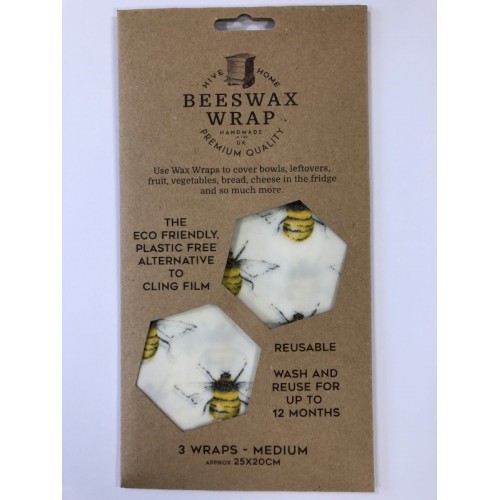
We have also just started stocking a range of ‘Make your own beeswax wraps’. These are made literally a stones throw away from our Windsor branch. Each kit includes
The perfect gift for those looking for something different, presents for teachers, stocking fillers and even secret Santa.
The box includes cotton bee fabric for 3 large wraps (you can cut down to suit). 30cm by 35cm. 100g of our house brand wax mix which contains 100% natural British beeswax, organic jojoba oil and natural organic tree resin for a little extra stickiness. A set of easy to follow instructions and even a natural bristle brush, two large sheets of baking paper and some native wild meadow seeds and planting guide. You will also have some bees wax left to give your wraps a little refresh after a few months. A very satisfying gift and no plastic in sight.
The kit is beautifully packaged and really is a lovely present. Each pack costs £14.99.
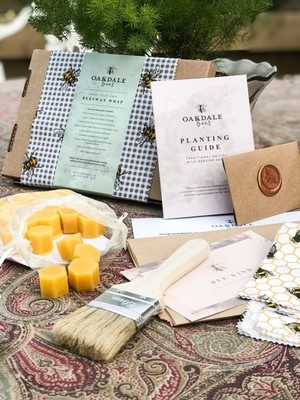
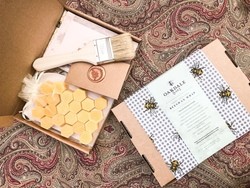
Beekeeping Blog
November
This month we have noticed a definite shift in the weather. Frosty mornings have greeted us here in Lincolnshire with bright, sunny afternoons, perfect for doing a few jobs in the apiary.
One of the most important jobs once the mouseguards have been attached to the hives, is to make sure that they stay attached and that the bees can still get in and out. Sometimes they can slip, meaning that the holes are not then big enough for the bees to pass through. Even in winter the bees need to be able to get in and out for cleansing flights. Mouseguards can also be knocked out of place by wildlife, such as deer (which we have seen down at the lakes before!), if they stick out the side of the hive a little bit. So, this has meant walking up and down the apiaries, bent double, checking that the mouseguards are still in place.
The other thing we checked for whilst on this particular job was that the entrances were actually free of dead bees or debris behind the mouseguard. Over winter, some bees die and inevitably end up on the floor. Sometimes they can block the entrance, so even if the mouseguard is on properly, the bees might not be able to get in or out. On some of them, we just picked out one or two dead bees from through the holes without having to remove the whole thing.
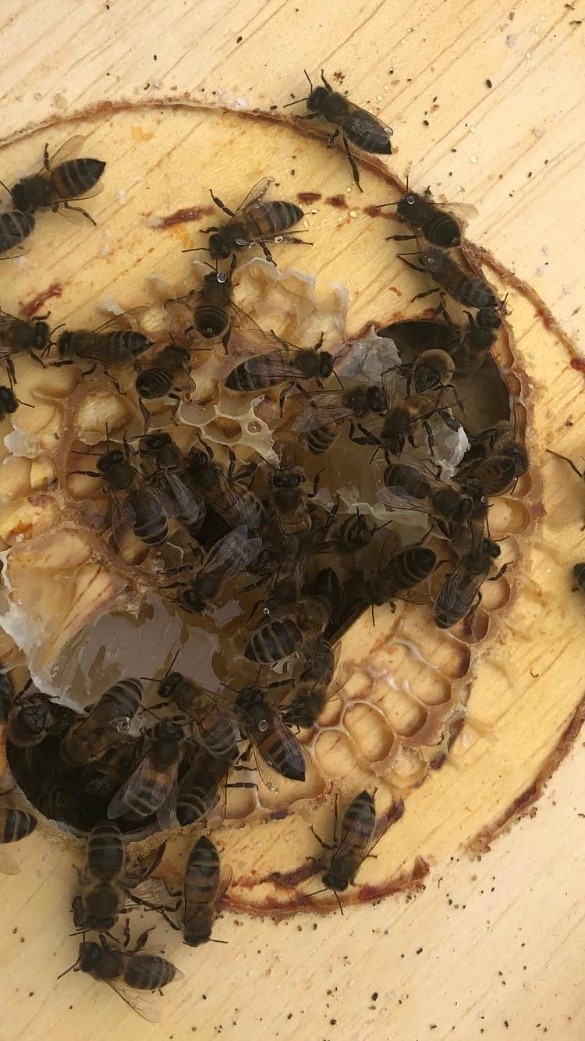
We also checked the stores on the hives this month, which we managed to do before the National Bee Unit sent out their starvation alert! Out of everything that can cause colonies to die, we do not want it to be from lack of stores (although this can still happen even if there are stores in the hive – we can only do our best). We found a few colonies that had drawn out comb in the hole in the crownboard, underneath where the fondant had been. Instead of ‘cleaning’ this up, we left it there for the bees so that it forms a sort of ladder up to the hole. We find that when it is cold, the bees sometimes find it hard to get up to the hole in the crownboard. Hopefully this will make it easier for them to find the new pack of fondant we placed over the hole.
Next month will be much the same in that we will continue to keep an eye on stores and mouseguards. It is also the time of year that we normally have a good clear up of the cabin and equipment ready for next year – a job that is fairly arduous and not at all fun, but totally necessary!
Bees for Development Update
Urgent Appeal: Help make life better with bees
Bees for Development is running its Big Give Christmas Challenge, raising funds to bring beekeeping to more people who really need it. If you are thinking of making a donation to a good cause, now is the best moment to do it: all donations in the scheme will be doubled. But do be quick - please donate before noon on Tuesday 8 December.
Please give generously. Read more at http://www.beesfordevelopment.org, donate using the form at http://link.beesfd.org/biggivedonate
National Honey Show
Following this year’s online National Honey Show, just a reminder that you registered for the show, you can still visit the platform (https://thenationalhoneyshow.co.uk/tnhs2020), which will remain live until March 2021. From the Agenda for each day, you can click on any of the Events, look through the interesting series of Bee Craft cameos, the National Honey Show Information area and of course visit the Trade Area which our trade supporters populated with many interesting videos and snippets of information.
The lectures from this year will join those from previous years on the National Honey Show YouTube Channel in the new year. They will be accompanied, by the interesting videos from show supporters far and wide, and more videos with demonstrations and tips on preparing entries for the show.
We hope you enjoyed this year’s show, we hope to be back at Sandown Park for next year’s show, 21st to 23rd October 2021, and to see you all there, in person.
Follow us on
https://www.facebook.com/E.H.Thorne
https://twitter.com/ThorneBeehives


